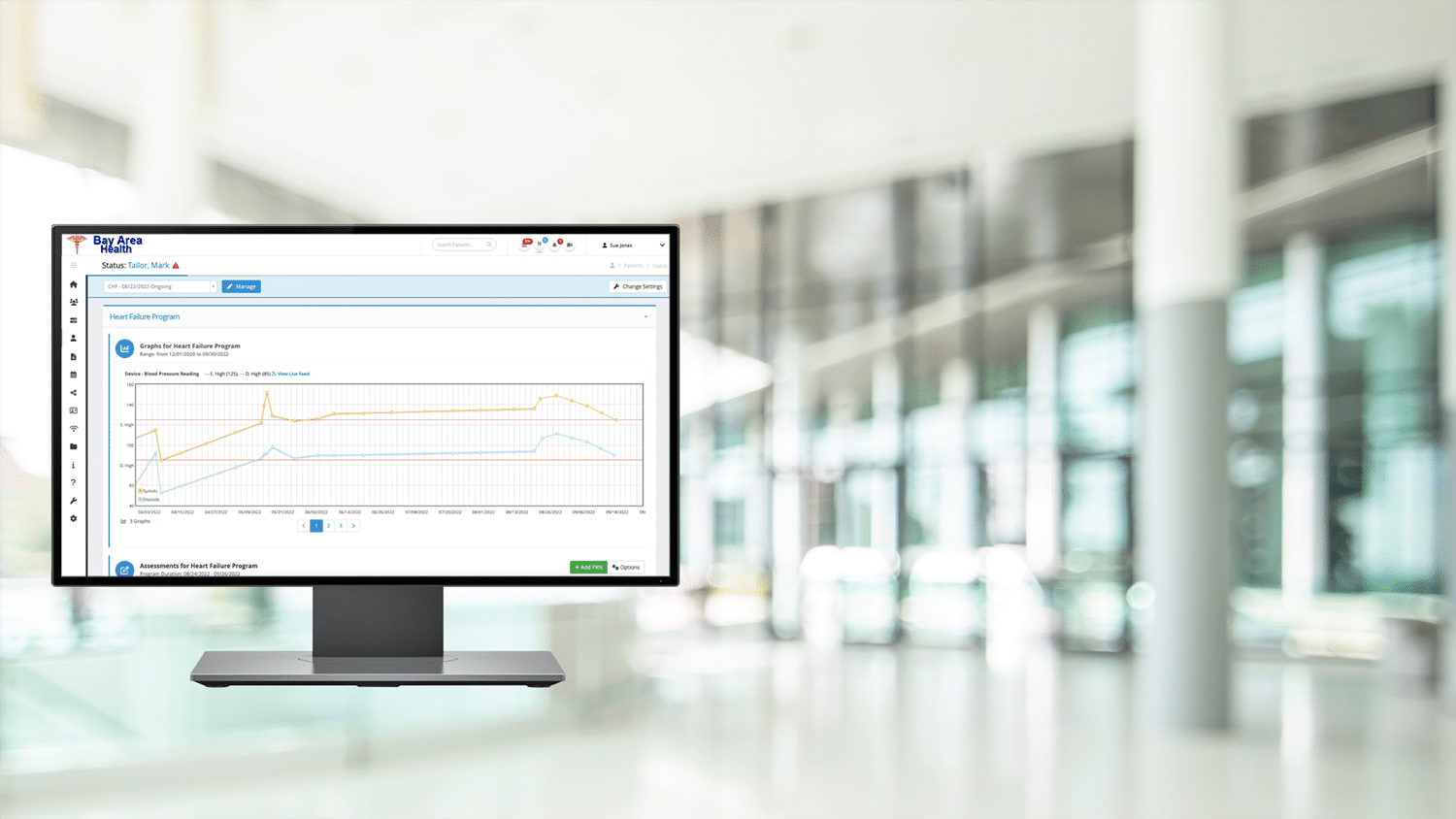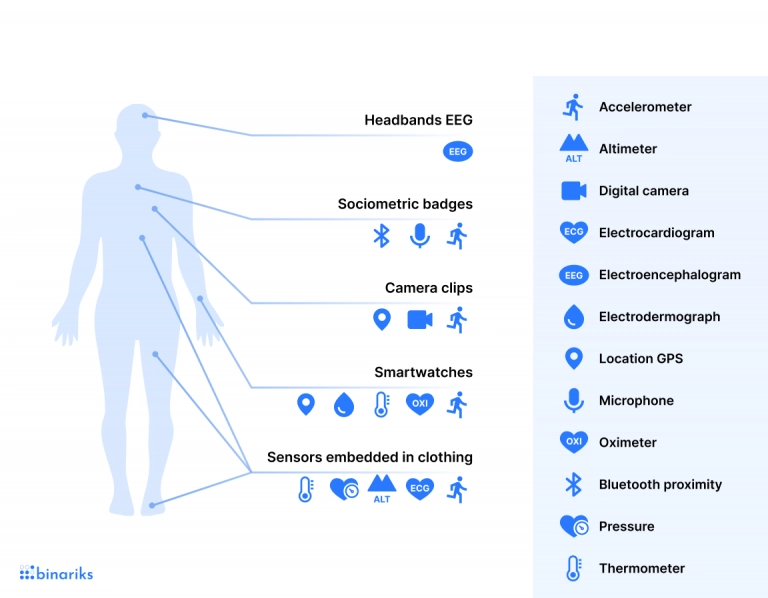Cutting-Edge RPM Software: Improve Patient Results with Innovation
The Future of Health Care: Remote Patient Keeping An Eye On Simplified
As healthcare continues to evolve, one area that holds immense promise is remote patient monitoring. With a focus on enhancing patient results and enhancing health care shipment, remote tracking is poised to transform the industry.
Advantages of Remote Person Surveillance
Remote person surveillance provides a wide variety of benefits for both healthcare companies and clients alike. One significant benefit is the capacity to constantly keep track of patients' vital indicators and health and wellness data from another location. This real-time surveillance allows healthcare carriers to identify any type of concerning changes or fads immediately, resulting in very early treatments and possibly avoiding clinical emergency situations. Additionally, remote person tracking enhances the total quality of treatment by providing a much more comprehensive and holistic sight of patients' wellness status past traditional in-person sees.
Furthermore, remote patient surveillance can lead to better individual results and complete satisfaction. Remote monitoring can reduce the demand for regular medical facility gos to, lowering medical care prices for both companies and clients.
Modern Technology Driving Remote Surveillance
In the realm of modern-day health care, technological innovations play an essential function in driving the evolution and performance of remote client surveillance. The combination of innovative modern technologies such as wearable devices, mobile applications, and cloud-based systems has actually reinvented the method doctor remotely manage and keep an eye on patient health and wellness - remote patient monitoring software. These innovations enable continual real-time surveillance of essential signs, drug adherence, and other important wellness data, enabling prompt treatments and customized treatment strategies
One key innovation driving remote surveillance is the Internet of Things (IoT), which allows smooth connection between medical gadgets and medical care systems. IoT devices such as smartwatches and wireless sensors accumulate and send client information to centralized systems, promoting remote monitoring from anywhere in the world. Man-made knowledge (AI) and artificial intelligence algorithms even more improve remote tracking by assessing vast quantities of client data to find patterns, predict health trends, and alert doctor to prospective problems.
Effect On Health Care Shipment
With the combination of advanced technologies driving remote client monitoring, the effect on medical care distribution is coming to be significantly extensive and transformative. Remote client monitoring allows medical care carriers to supply more tailored and positive care to clients, leading to boosted health and wellness results and reduced health center admissions. By from another location tracking important signs, signs and symptoms, and medicine adherence, healthcare specialists can step in early, avoiding complications and boosting the general top quality of treatment.
Furthermore, remote surveillance improves access to medical care services, specifically for individuals in country or underserved locations. Patients can obtain constant surveillance and support from their homes, removing the requirement for constant in-person sees. This not only saves time and reduces expenses for both people and healthcare centers but likewise minimizes the danger of direct exposure to infectious conditions, an essential factor to consider in the current health care landscape.
In addition, remote individual monitoring allows doctor to far better prioritize and assign sources treatment based upon real-time data. By determining risky people and intervening immediately, medical care delivery becomes a lot more reliable and efficient, ultimately causing an extra lasting and patient-centered medical care system.
Improving Client Results

Moreover, RPM enables proactive monitoring of persistent conditions, decreasing the likelihood of acute worsenings and health center readmissions. People profit from boosted benefit and comfort, as they can receive treatment in their very own homes while staying connected to their doctor. This constant monitoring not just boosts client complete satisfaction but additionally promotes a sense of empowerment and involvement in their very own health administration.
Future Trends in Remote Tracking
Embracing sophisticated innovations in remote client surveillance is forming the future landscape of healthcare distribution. The future patterns in remote monitoring are anticipated to revolutionize the means health care is supplied, making it much more patient-centric and effective. One significant pattern is the increased usage of wearable devices and sensing units to collect real-time information, enabling doctor to check clients continually without the need for frequent in-person brows through. These gadgets can track important indications, medication adherence, and task levels, supplying an extensive sight of the patient's wellness status.

In addition, telehealth platforms are ending up being a lot more innovative, enabling online appointments, remote diagnosis, and remote client keeping an eye on done in one incorporated system (software for remote patient monitoring). This alternative technique to remote tracking is streamlining health care distribution, enhancing client complete satisfaction, and eventually, enhancing general high quality of treatment
Final Thought
In verdict, remote person surveillance supplies many advantages in medical care distribution, driven by advancements in modern technology. It has the potential to enhance patient end results and transform the means health care is provided. Future patterns in remote monitoring will certainly proceed link to shape the landscape of healthcare, providing possibilities for even more efficient and personalized patient treatment.
Remote individual tracking presents a plethora of advantages for both health care suppliers and clients alike. Additionally, remote person surveillance improves the overall top quality of care by providing an extra detailed and holistic view of individuals' health standing past standard in-person check outs.
Moreover, remote person check it out tracking can lead to better individual outcomes and fulfillment. Remote client surveillance allows medical care service providers to offer even more customized and aggressive care to individuals, leading to boosted health and wellness end results and decreased health center admissions. Remote client tracking (RPM) plays a significant function in boosting patient results by giving continuous, real-time information that allows medical care service providers to interfere promptly and change therapy strategies as required.